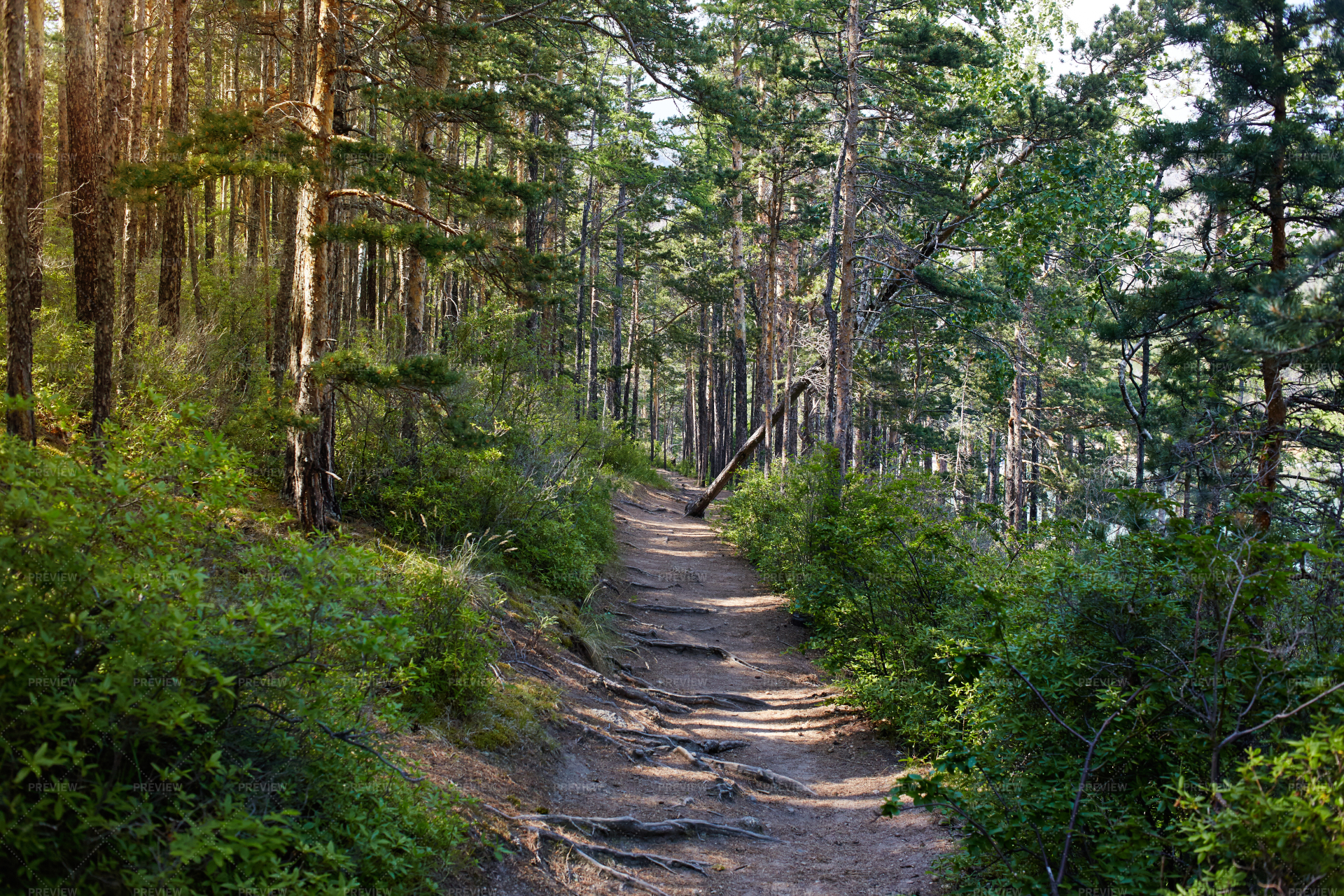
It’s not just the trees that have adapted to it at a young age, but the needles protect the terminal bud from fire. Fires would burn for hundreds of miles, and that was before the land was really developed. If you look at maps that show where lightning strikes happen most frequently, the epicenter is in Florida and expands around the coastal plains from there. Longleaf pine forests are thought of as a keystone species of a larger ecosystem that has primarily adapted to fires, meaning frequent non-fatal fires like prescribed burns. What other characteristics make longleaf pine forests unique when compared to other forests in the country? The gnarly branches and flattop crowns of these trees are similar to the wrinkles found on the faces of older people, suggesting the notion that age is a sign of wisdom. I started taking photos of individual trees and saw them as portraits of old people. To kill time, I would explore an area where potential pictures might be using a medium-format camera. Most of the pictures in the book I took using a large-format camera, which can be a slow working process because 8x10 film can be expensive, and I would often wait until the light was just right before taking a shot.

Since 2010 you have been taking portraits of individual trees and calling them “Elder Portraits.” Can you explain the name behind the title? I came across a survey of remnant, old-growth longleaf pine stands that still exist, so I thought it would be interesting to see what’s left of this original landscape. I knew I wanted to photograph longleaf pines, but that’s kind of general and as an artist I wanted to set parameters for the project. At the time I didn’t see them as special, but they became deeply seeded. Growing up in Hattiesburg, Mississippi, there were longleaf pines everywhere, and as a kid it was my chore to rake up the pine needles in my yard. The focus on the South is often about its cultural history, so it seemed interesting to me to do a book purely on a landscape that’s very regionally based. I noticed that a lot of landscape photography in the United States is either about the American West or the romantic literature from the Northeast.

How did the location inspire you to create a book about longleaf pines?Īs a photographer, I’m always thinking about how a landscape can inform a sense of place, so I started considering my own personal history and its significance. You grew up in the pine belt of southern Mississippi.

talked to Hemard about his new book, “The Pines” (release date: February 13), mankind’s impact on southern forestry, and what can be done to preserve longleaf pine forests for future generations. “With pine trees still prominent across the region today, the significant change of the Deep South’s landscape is easily too subtle for most people to see,” Hemard says, “and thus is often overlooked even by residents of the region whose identity and sense of place is formed around a related but now different aesthetic of the countryside.” Equipped with a 10-year survey documenting the locations of longleaf pine stands and multiple cameras, Hemard has created one of the most complete photographic compilations of this region. Growing up in the pine belt of southern Mississippi, Chuck Hemard would explore the longleaf pine (Pinus palustris) forest adjacent to his neighborhood, but it wouldn’t be until 2010 that the photographer would embark on a seven-year project capturing what still exists of the forests of his youth.

But years of deforestation by the logging and farming industries took its toll on the forested ecosystem, and today only 3 percent remains. Before the early 20th century, longleaf pine forests were ubiquitous to the southern coastal plains, encompassing approximately 90 million acres of land.


 0 kommentar(er)
0 kommentar(er)
